Avian influenza vaccines in the latest edition of Poultry World
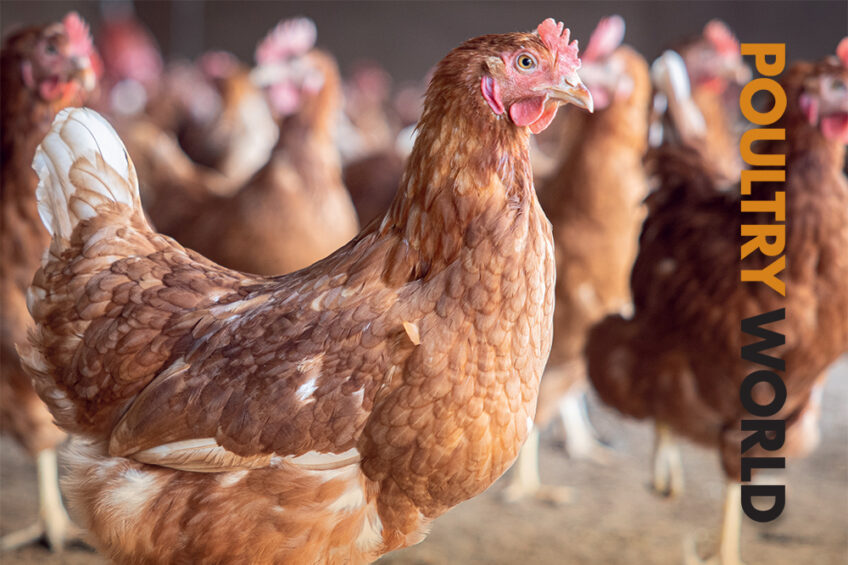
This edition of Poultry World keeps a close eye on the development of 2 avian influenza vaccines that have shown very promising results. We visit a farm in the Netherlands which has switched from rearing layers to rearing layer parent stock, and we examine how to tackle heat stress as the north starts to warm up. Then, how are poultry farmers in Ukraine and Russia adapting to the war-time economy?
Two AI vaccines qualify for follow-up trial
Over the last year, the effect of 4 avian influenza vaccines have been studied in the Netherlands, and 2 have shown promising results in terms of protecting the birds and preventing shedding of the virus. But, what will happen when these vaccines are tested under commercial conditions, and if successful, what about authorisation?
Poultry farmers in Russia and Ukraine adapt to the war-time economy
The Russia-Ukraine war has passed the 1-year mark. While the level of uncertainty remains unprecedented, how has Ukraine adapted to some areas laying largely in ruins, and what did Russia do in response to Western sanctions, which seems to be changing the landscape of its agricultural sector?
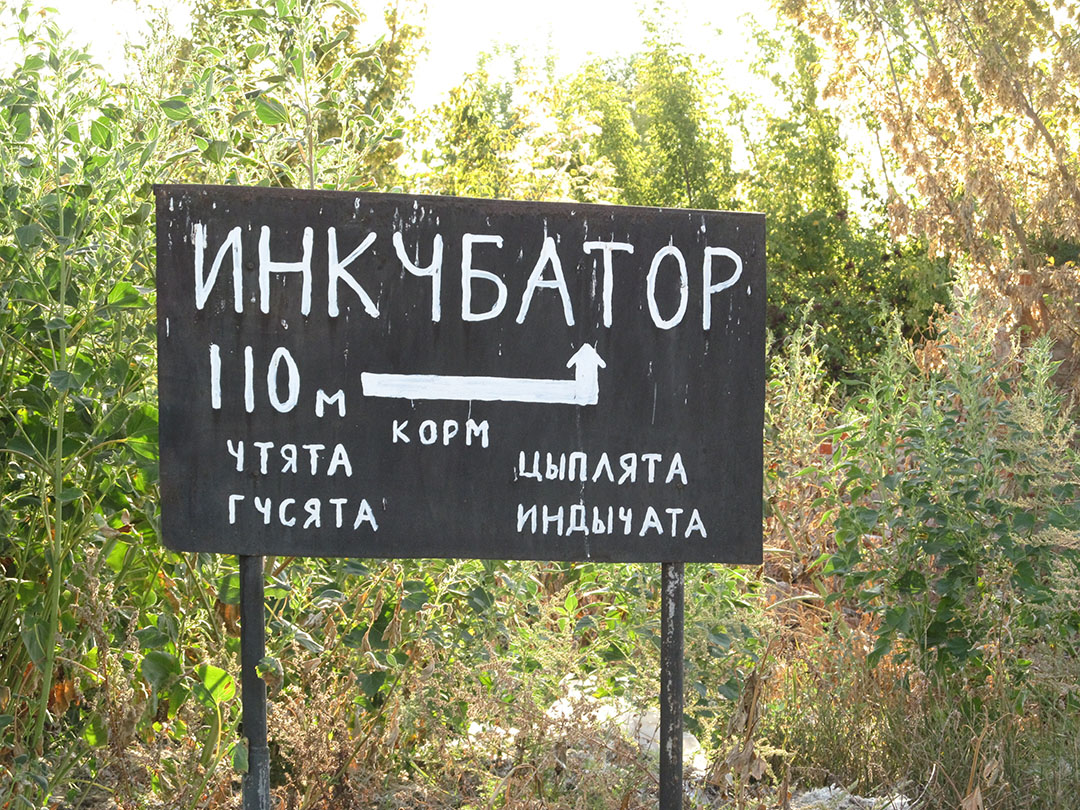
Checking all the legislative boxes
With a view to future-proof their operations, a farming family in the Netherlands switched from rearing layers to rearing layer parent stock. During this farm visit, the Van den Brinks talk about how rearing hens requires attention at every age, and how the particle size of the compound feed matters.
Mitigating the detrimental effects of heat stress
Global temperatures are predicted to increase by 2-6°C by the year 2100, which will impact soil, water, and grains, and will require that greater attention is given to heat stress in poultry. In this article we examine the different types of heat stress in poultry, its effect on broilers and laying hens, and importantly, how to tackle this challenge.
Efficient birds need less land and water
Intensive genetic selection has resulted in broilers becoming increasingly efficient at converting feed into meat. Looking ahead, for global poultry meat production, land use could decrease by more than 600,000 ha per year, while annual water consumption can be reduced by more than 5 million cubic metres.
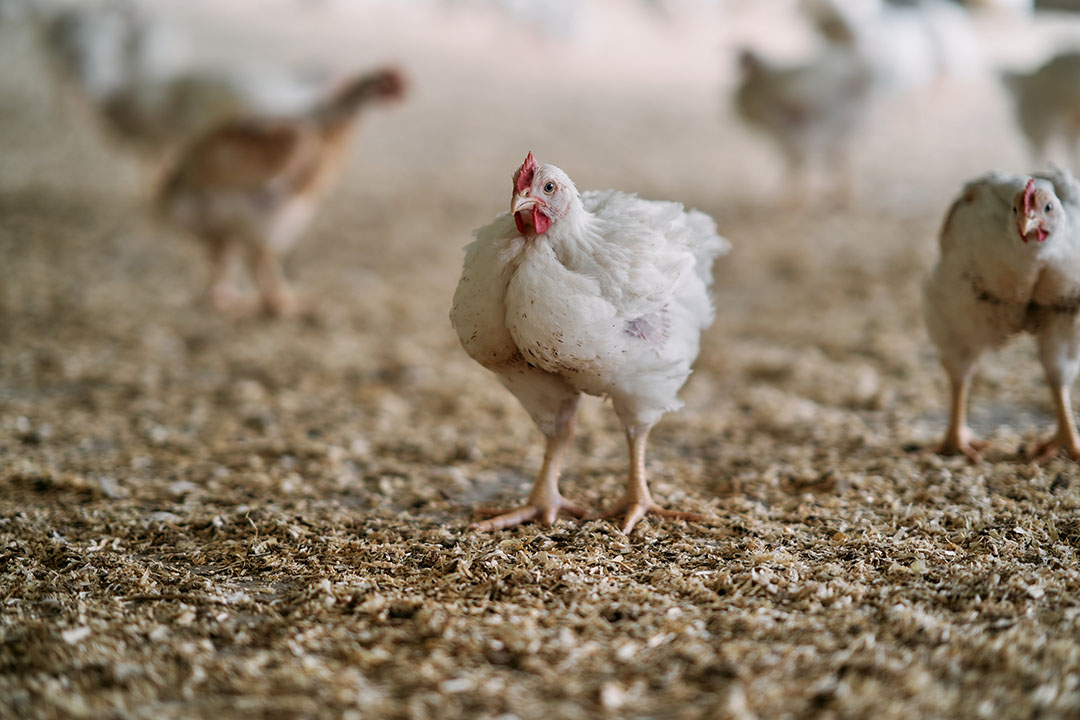
Remarkable dynamics of the global poultry industry
In this article, Poultry World publishes an interesting and in-depth expert analysis on the development of the global egg industry over the last 50 years, which has seen remarkable growth.
Getting trace mineral levels right
In this article, Dr Leonardo Linares, who heads the research and nutritional services team at Zinpro, talks about the science behind trace minerals. He notes that while genetic companies work on nutrient recommendations for fast-growing birds, when it comes to vitamins and minerals, old recommendations are often prescribed and have not kept pace with the rapid changes seen in the global poultry industry. They need updating, he says.
European farmers fear unlimited poultry imports from Ukraine
The EU has seen a surge in imports of broiler meat and eggs from Ukraine, which has sparked concerns among EU poultry producers. Intense discussions between some European poultry business organisations have ensued, each asking whether Ukrainian poultry exports pose a threat to local market dynamics.
 Beheer
Beheer


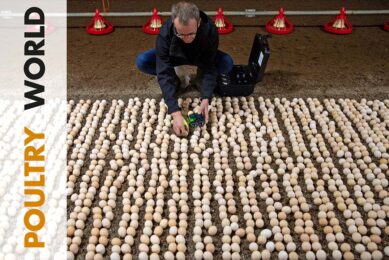
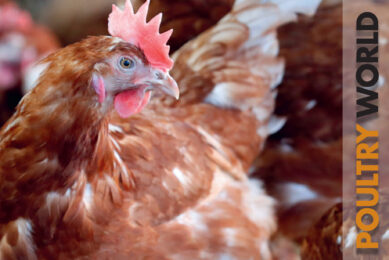
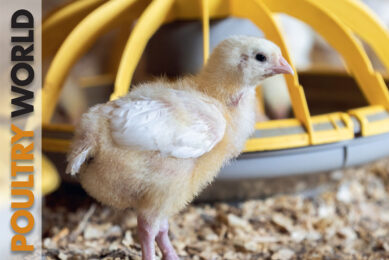



 WP Admin
WP Admin  Bewerk bericht
Bewerk bericht